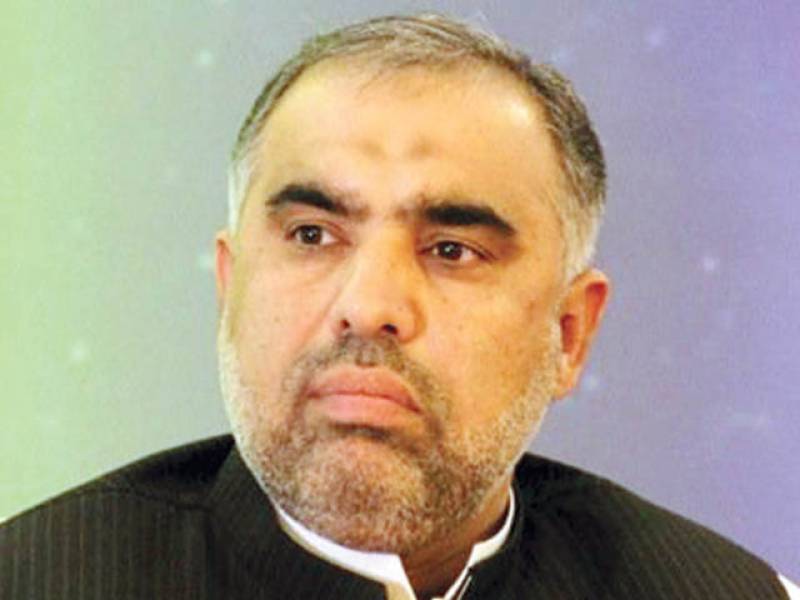The scientific community of the South Asia region, worst
impacted by the rising and widespread risk of Smog, causing severe polluti
on that leads to the health crisis and socioeconomic issues called for revitalising the Male Declaration to ensure active regional cooperation to curb the ambient crisis.
A recent study titled Recurring South Asian smog episodes: Call for Regional Cooperation and Improved Monitoring authored by over half a dozen scientists hailing from Pakistan, Bangladesh, India, Japan, the USA, and the UK provided a first-ever detailed account of the gaps in a
ir pollution monitoring and lack of tools that can provide real-time data for informed policy making decisions to contain smog that has become a serious challenge for the region to surmount.
The first-of-its-kind study peered by international scientists working on a
ir pollution with leading international scientific authorities
reveal that the South Asia region stood out globally for fine particle pollution which has emerged as a major environmental challenge across South Asian states, affecting human health and causing severe socio-economic disruptions. The research reporte
d that the region counted around 32% of global mortality linked to exposure to exceptionally high levels of poor ambient air quality.
It further adde
d that a
ir pollution had also brought average life expectancy for the region estimated to be reduced by approximately five years in four South Asian countries namely Bangladesh, India, Nepal, and Pakistan, account for 60 % of loss of life-years globally.
The regional economies’ Gross Domestic Product (GDP), several of its percentage was also bearing a decline due to additional
impacts to health, agricultural productivity, mobility, etc. due to a
ir pollution. The abovementioned countries geographically share the Indo-Gangetic Plain (IGP) where population, emissions, and circulation combine to create a shared a
ir pollution problem that calls for regional cooperation.
The report underline
d that the dense cloud of a
ir pollution was conspicuous from October to February. This period of smog or smoke activity was also termed by some as the “fifth season” due to its occurrence on a regular basis across the region.
It also questions the government-level measures in some countries of the region to counter smoke as propitious or fruitful like the practice of closing educational institutes and implemented road-rationing during intense smog and smoke episodes and cautioning the public to restrict outdoor activities.
The pollution crisis emerged complicated due to numerous key structural weaknesses including lack of suitable infrastructure and an uneven approach to regulation and enforcement across these countries.
The study findings continued to discover that impediments to dialogue and effective action between countries was also due to the resulting imbalance in air quality monitoring across the region.
It also highlights that improved monitoring of fine particle pollution particularly the particulate matter with diameters of 2. 5 µm (microns) or less (PM2. 5) was a major concern as a cause of bad air across the region.
Moreover, it mentione
d that persistent data availability on PM2. 5 was recently made available for selected locations across South Asia as part of the AirNow Department of State program that has placed monitors at US Embassies and Consulates.









